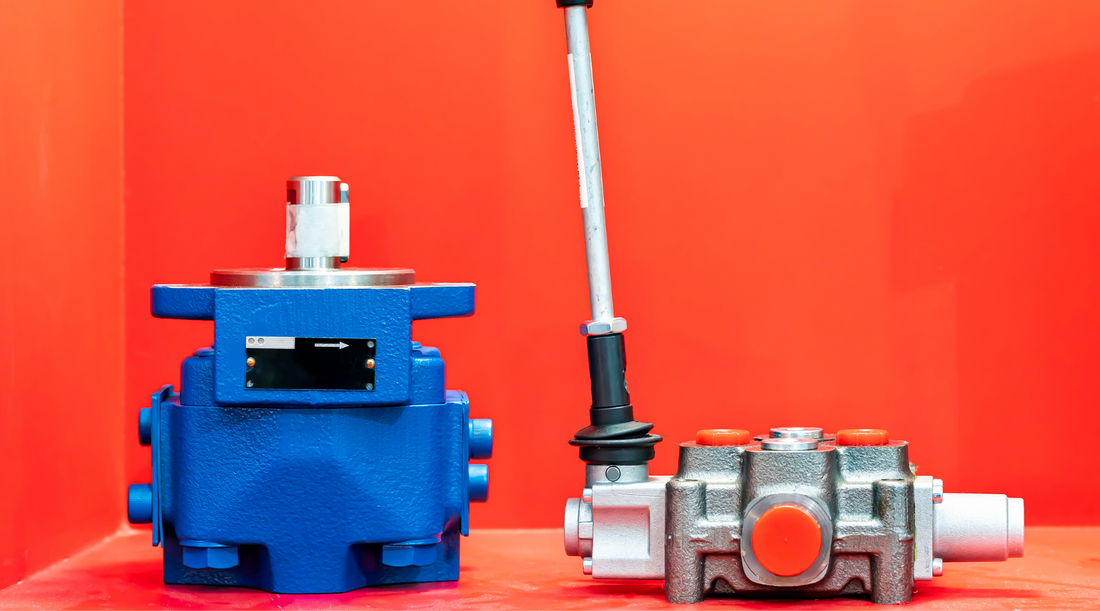Checking out the Functionality of Modern Control Valves in Industrial Applications
Checking out the Functionality of Modern Control Valves in Industrial Applications
Blog Article

Maximize Energy Financial Savings and Comfort With Advanced Structure Automation Controls
In the realm of modern architecture and facility monitoring, the integration of innovative building automation manages stands as a pivotal innovation. The convergence of innovation and sustainability has actually birthed a brand-new era where power performance, comfort optimization, and functional streamlining are no much longer possible realities yet remote desires. By taking advantage of the power of automation, buildings can adjust, react, and advance in methods that were when unthinkable. The possibility for substantial energy cost savings and enhanced comfort is not just an assurance however a possibility waiting to be met. This standard shift in building management holds the crucial to opening a world where environmental conscientiousness and owner wellness harmoniously coexist within the wall surfaces of our structures.
Power Performance Perks
Energy efficiency advantages can significantly lower energy consumption and functional expenses in structures. Energy-efficient systems, such as sophisticated building automation controls, can enhance the usage of sources like cooling, lighting, and home heating, leading to lower energy costs over time.
Additionally, boosted power efficiency can prolong the lifespan of building equipment and systems. By operating more efficiently, cooling and heating systems, lighting fixtures, and various other structure elements experience much less damage, resulting in reduced maintenance and replacement expenses. Furthermore, energy-efficient structures typically regulate greater property worths and rental rates, offering long-term financial advantages to proprietors.
Additionally, energy effectiveness can enhance passenger comfort and productivity. Properly regulated indoor environments with ideal lights and thermal problems produce a more favorable and pleasant office, leading to enhanced staff member satisfaction and efficiency. Overall, the energy performance benefits connected with sophisticated structure automation controls are multifaceted, including price savings, environmental stewardship, and occupant health.
Improved Convenience Control
Enhancing comfort control in building settings needs a sophisticated integration of innovative automation systems for optimal owner wellness. By utilizing advanced structure automation controls, centers can tailor the interior setting to meet the particular needs and preferences of occupants. control valves.
By incorporating these sophisticated controls, buildings can not just improve convenience however additionally enhance power efficiency by maximizing system operations based on real tenancy and use patterns. Inevitably, prioritizing owner comfort with advanced automation systems leads to a much more satisfying and much healthier indoor environment.
Functional Performance Improvements

Furthermore, the application of real-time monitoring and analytics tools makes it possible for building operators to recognize power inefficiencies and functional anomalies immediately. By continuously keeping track of power usage patterns and system performance metrics, changes can be made in real-time to optimize energy consumption and make sure peak functional efficiency. control valves. Furthermore, including demand feedback techniques right into structure automation controls can further improve functional performance by dynamically changing energy usage based upon grid problems and rates signals
Indoor Climate Optimization
Effective indoor climate optimization is a basic facet of building automation controls, ensuring residents' comfort and wellness while optimizing power cost savings. By making use of sophisticated sensors and controls, developing automation systems can constantly readjust and keep track of temperature level, humidity levels, air high quality, and ventilation to create an optimal interior environment. Keeping comfy and constant problems not just improves resident fulfillment however likewise improves efficiency and general wellness.
Indoor environment optimization additionally plays a critical duty in power effectiveness. By fine-tuning air flow, cooling, and heating systems based on real-time information and occupancy patterns, building automation controls can substantially minimize energy consumption - control valves. For example, implementing strategies such as demand-controlled ventilation and thermal zoning can aid read the article lessen energy waste while making sure that each area of the structure receives the required conditioning.

Sustainable Atmosphere Production
Structure automation regulates not just maximize interior environment problems for power performance and passenger convenience yet additionally lay the foundation for developing a lasting atmosphere with calculated administration of resources and systems. By incorporating sophisticated building automation technologies, such as sensing units, actuators, and smart software program, facilities can readjust and keep track of energy use in real-time to lessen waste and minimize their carbon impact. These systems allow predictive maintenance, recognizing possible problems before they rise and maximizing devices performance to boost long life and performance.
In addition, lasting atmosphere creation expands beyond energy administration to encompass water preservation, waste decrease, and indoor air top quality enhancement. Building automation controls can regulate water use, find leakages, and make certain appropriate garbage disposal techniques, adding to general sustainability initiatives. In addition, by managing and monitoring ventilation and purification systems, these technologies boost passenger health and wellness and productivity while decreasing power intake related to a/c procedures.
Verdict
Finally, progressed building automation manages offer substantial advantages in terms of power cost savings, comfort control, functional effectiveness, interior environment optimization, and developing a sustainable setting. By executing these controls, buildings can attain optimum performance while decreasing power usage and enhancing passenger convenience. It is noticeable that making use of advanced automation technology is important in improving structure performance and developing an extra lasting future.
Energy performance advantages can considerably decrease energy usage and functional expenses in buildings. In general, the energy effectiveness benefits connected with sophisticated building automation controls are multifaceted, including cost savings, ecological stewardship, and occupant health.
Furthermore, integrating demand response approaches right into structure automation controls can additionally enhance operational performance Recommended Reading by dynamically changing energy usage based on grid problems and prices signals.
Building automation regulates not only optimize interior environment conditions for power effectiveness and resident convenience however likewise lay the foundation for creating a lasting atmosphere with strategic monitoring of systems and resources.In verdict, advanced structure automation manages deal significant advantages in terms of energy financial savings, comfort control, operational efficiency, interior climate optimization, and producing a lasting atmosphere.
Report this page